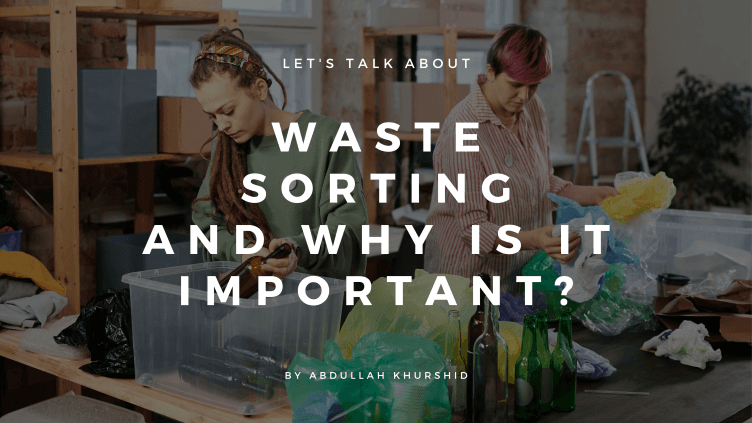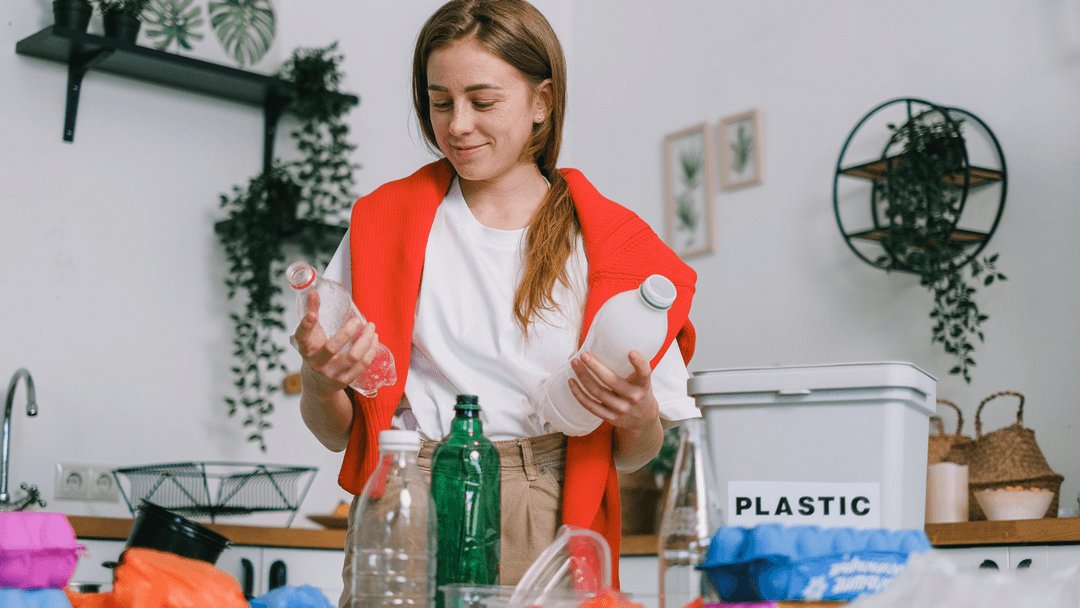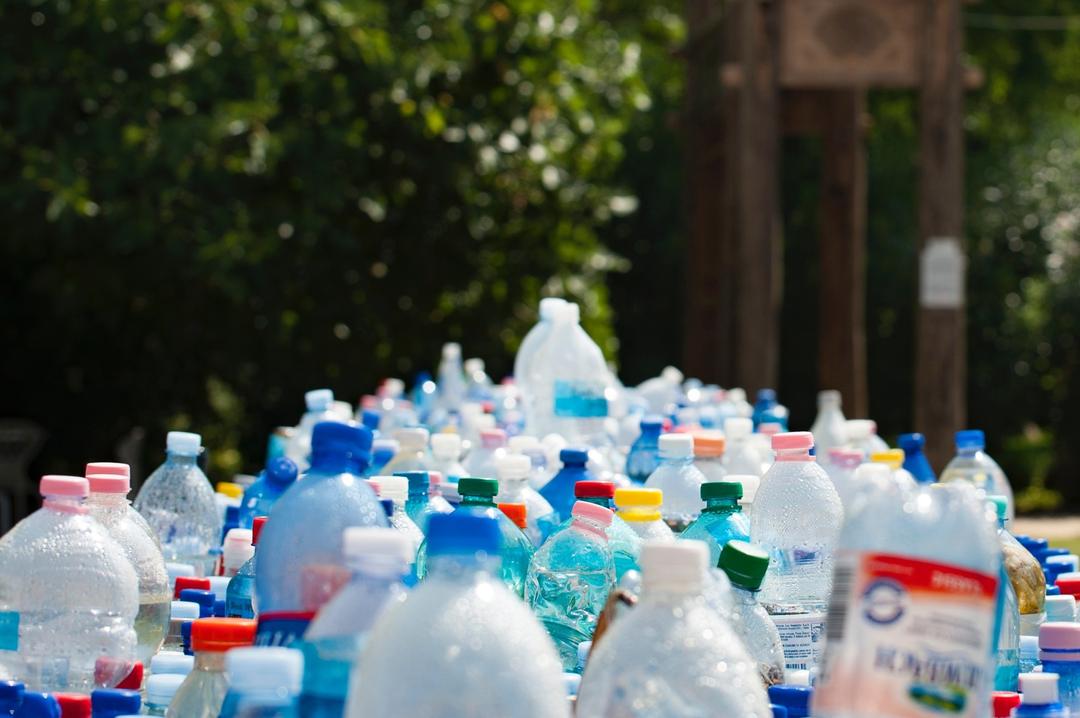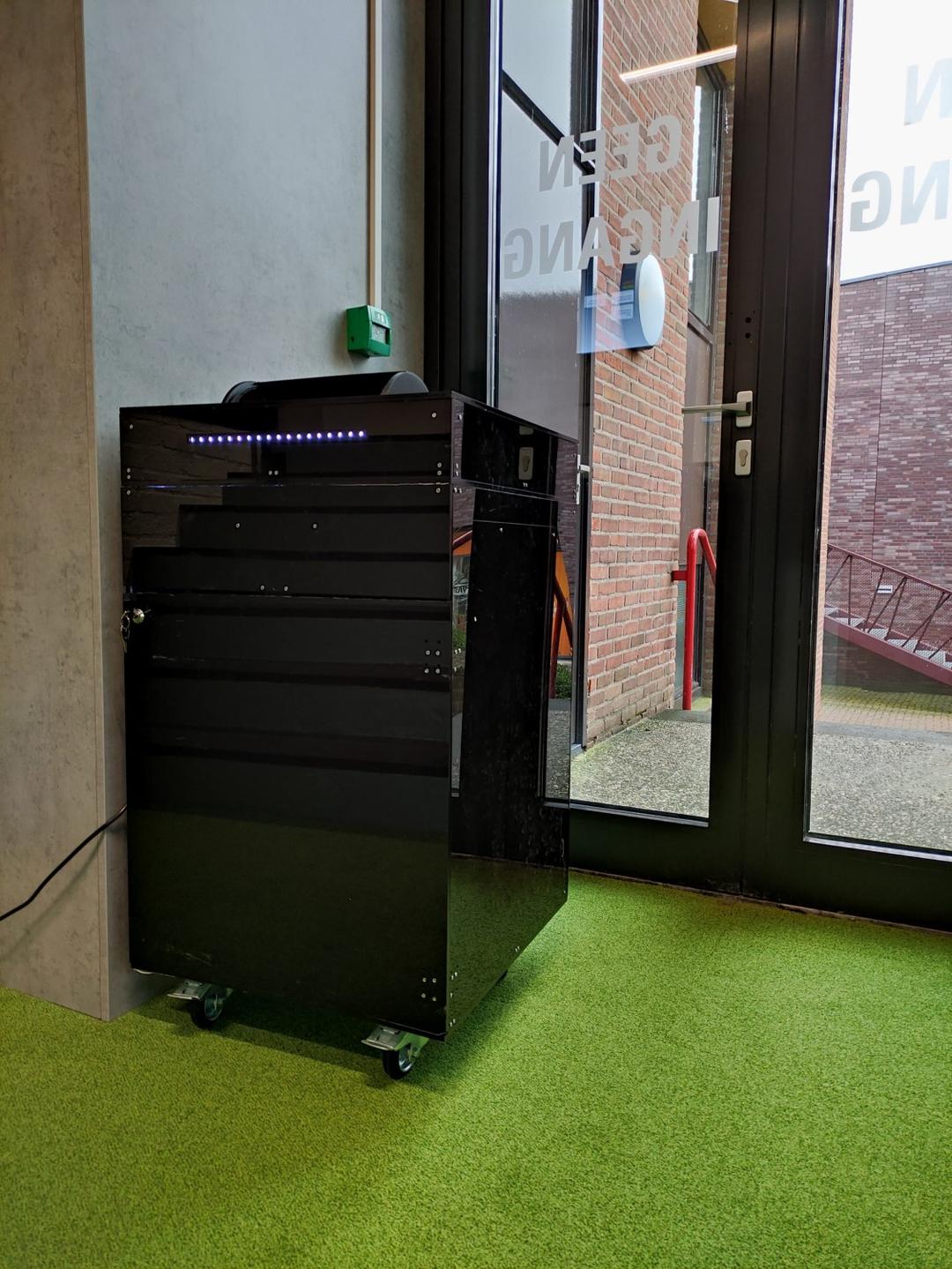What is the Waste Sorting Process?
20 December 2022, By PLAEX Technologies

We have created this useful guide to the garbage sorting procedure to clarify why it is crucial.
So, what is waste sorting?
According to material or recyclability, waste is classified into groups throughout the waste sorting process, as the name implies.
Sorting garbage occurs at many different societal levels and scales, from the common public utilising various trash cans for various waste categories to enterprises segregating recyclables. In order to separate general garbage, food waste, and recyclable goods for collection, households in the UK sort rubbish for curbside collections.
But why is Waste Sorted?

Businesses are obligated to separate recyclable materials from other rubbish in accordance with waste regulations. Therefore, sorting waste is a must for both businesses and families, as improperly sorted recycling is not collected by waste workers.
Due to its advantages, the government and municipal authorities are pushing for more garbage sorting. Waste that has been sorted and separated improves the quality of recycling since contaminants are less. Similar to how more waste is sorted, more materials are recycled as opposed to ending up in a single waste stream that is sent straight to the landfill.
Sorting waste is important for compliance and for developing an efficient waste management plan for a company that is evaluating its waste management. Sorting garbage properly can help.
What waste is sorted?

When it comes to managing and disposing of waste responsibly, sorting is an important step. Generally, waste is sorted according to material, recyclability, or any particular process required. Common materials for sorting include paper, cardboard, glass and plastic.
This helps ensure that materials that can be recycled are properly processed in order to reduce their environmental impact. It also serves as a way to separate hazardous materials from non-hazardous ones, so they can be disposed of safely.
The process of sorting waste may vary depending on the type and amount of material being managed. For instance, paper and cardboard will typically require shredding before they can be recycled, while glass must first be broken down into smaller pieces in order to fit into the recycling bins or containers provided by local authorities for collection.
Now, how can we help with waste sorting?

At PLAEX, we understand how important it is to protect our environment. We believe that utilizing artificial intelligence has the potential to dramatically reduce waste and increase sustainability, which is why we are developing a revolutionary automatic waste sorting bin.
This bin uses state-of-the-art image recognition software powered by AI to identify different types of waste and then dispense them in the appropriate receptacles for recycling and disposal. Not only does this reduce the amount of time spent manually sorting rubbish, but it also significantly increases accuracy. This means that more items can be recycled correctly and fewer end up in landfill or incineration, greatly reducing our environmental impact.
In addition, our waste sorting bin provides users with feedback on their recycling habits, so they can get an understanding of where improvements are needed.
PLAEX offers a FREE pilot program. We'll support you in achieving your sustainability objectives. How would you like to be part of the change to a more sustainable future?
You are planning to save the world? or have any questions? Our waste management experts would love to have a chat with you.